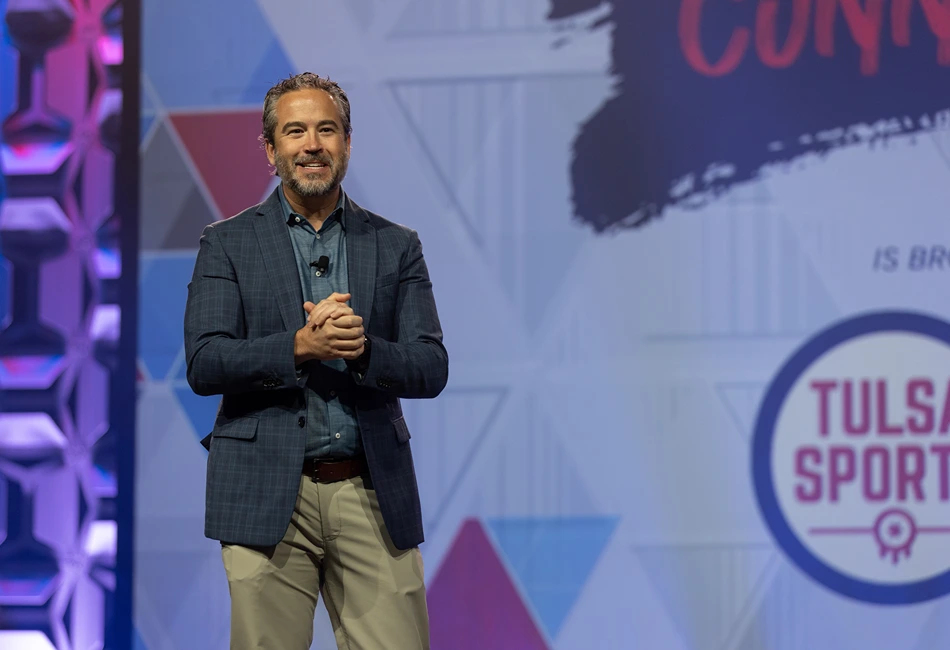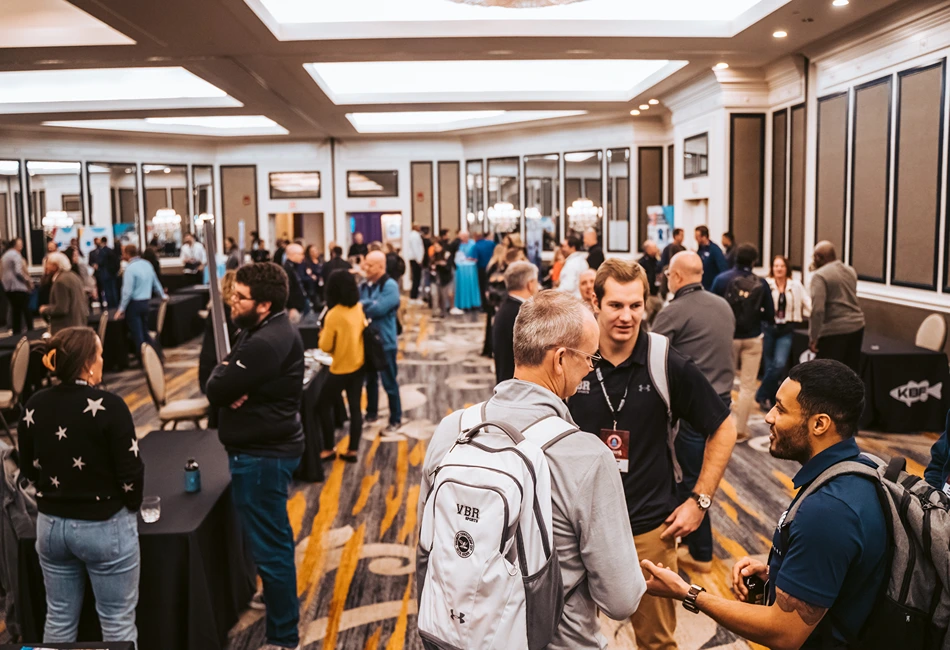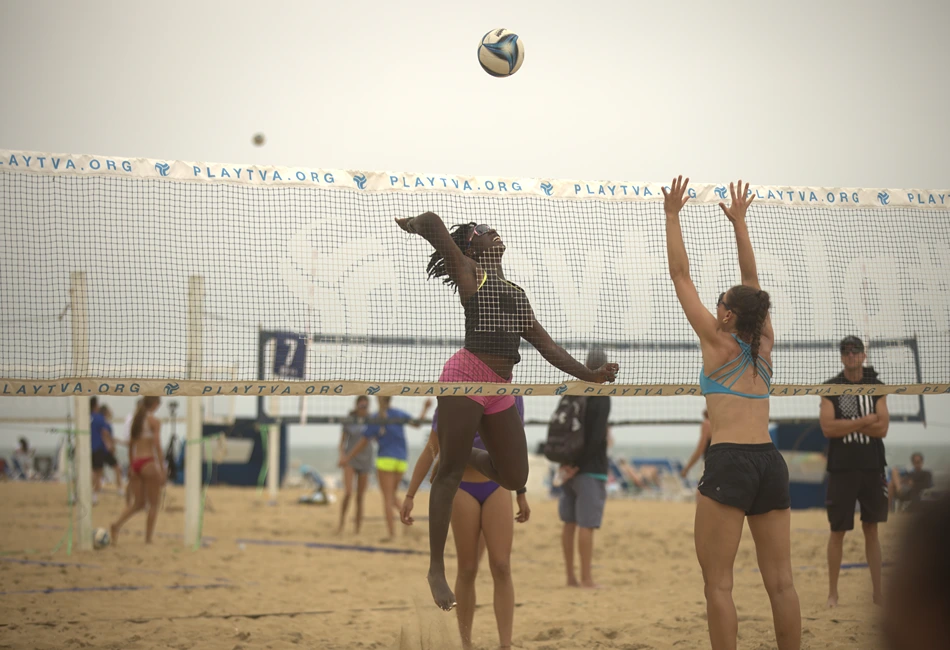I’m guessing that years from now, our industry will look back on 2018 and say, “Man, what a year that was.” From the sexual
abuse scandals to the oval office chiming in on NFL player conduct. From the rise of Esports to nationwide legalized gambling. No one will ever be able to say 2018 was a boring time period in our industry, that is for sure.
The key for sports tourism and event professionals will be to sort out how these story lines will affect our growing industry and course correct where appropriate.
Traditionally at this time, our team sits down to takes a look ahead to develop a list of 10 industry trends for the coming year. With the high level of turbulence over the past 12 months, and the continued proliferation of a handful of trends from our past predictions, we offer you our outlook for 2019.
There are three incumbents and seven new members that make up our list of 10 this year. Enjoy.
1. Emerging Sports – On our list again this year, non-traditional sports are taking hold all across the country. The membership of USA Pickleball has grown sevenfold over the past five years to over 28,000 members. Colleges are offering scholarships for E-gaming. Drone racing has its own national league system. BMX racing is the fastest growing sport in America according to the Sports and Fitness Industry Association. Long considered international sports, cricket and Aussie Rules Football have opened offices here looking to build an infrastructure in the United States (also look up KUBB, another growing sport domestically that you may hear about in the coming years). Ultimate and quidditch are both growing. Will the day come where kids will replace bat and ball sports with League of Legends or Scripps Spelling Bee? That time may get here sooner than we think.
2. Creating Owned Events – Another repeat from years past, our destination clients are more and more opting to invest their resources in created events. This is especially true in small and mid-tier markets that don’t have the resources to compete with the big boys. If you can create an event with your local partners (or enhance/replicate ones that already exist), those are assets that you don’t have to bid for against your well-funded competitors. This doesn’t just apply to the traditional sports either. CVBs and sports commissions across the country are developing new events in many of the emerging sports note above. In addition, destinations are looking at special events like music festivals and motorcycle rallies to fill their tourism calendars.
The skills it takes to execute these special events is very similar to sports.
3. Bricks and Mortar – Our last repeat from 2018, the list of communities that are using tourism related taxes (bed tax and/or food and beverage taxes) to build tourism driving sports venues is at an all time high, and we believe this practice is
here to stay. The facilities arms race seems to have no saturation point in sight as communities continue to build large multi-sport complexes. By using tourism related taxes to build tourism related sports venues, CVBs and sports commissions can take control of their venue assets to drive overnight stays first, and offer enhanced places for local teams to play, second.
4. Facility Revamps –Traditional retail is dying (call it the Amazon factor), which will continue to create more empty big box retail locations and opportunities for sports organizations looking for affordable/free space to run tournaments and local programs. In addition, participation in golf has been flat for several years, and the profitability of municipal courses has been challenged to the point that some cities have chosen to repurpose golf real estate into multi-purpose sports complexes that can serve local groups and also attract tourism driving tournaments. With the growth of pickleball, many parks and recreation
departments are converting tennis courts into smaller, more utilized pickleball layout. Everything is open for debate, including
the long-standing mantra of providing facilities for classic (fading) sports like golf and tennis.
5. Tourism Improvement Districts (TIDs) – Improvement districts have long been a tool for driving economic development in communities both large and small. More recently, these districts have been created for the sole purpose of attracting tourism dollars through sports. While numerous municipalities have had this tool in their arsenal for years, some big players like Oklahoma and Texas have recently opened the door for implementing TIDs. Wisconsin and Illinois are looking at this opportunity as well. The competition continues to escalate.
6. Oversight – Nonprofit organizations are being looked upon more and more scrupulously on how they spend the funds that are given to them. This includes convention and visitors bureaus, sports commissions, National Governing Bodies (NGBs) and others in our industry. Governing entities that oversee the various funding pipelines to these organizations are becoming more involved in how those funds are allocated. The end result is C-level professionals have lost their jobs over spending practices within their organizations. Industry leaders need to be over cautious in this area to maintain their organization’s, and their professional integrity.
7. Safety – Closely related to oversight, athlete safety continues to serve as a high-profile issue on multiple fronts. The discussion on football concussions has escalated to the highest levels, and additional sports are joining the fray. Athlete safety in several Olympic sports has spawned the creation of Safe Sport, an independent investigative organization created to protect athletes and those involved in the Olympic movement. Safe Sport, and in some cases full background checks, are now mandated by numerous sports organizations across the country, and it doesn’t stop with coaches. Officials, board members, event volunteers, and others are now very likely to be required to complete a background check and the Safe Sport training program. Where the merry-goround stops, nobody knows.
8. Relocations – Over the past year, USA Badminton, USA BMX, and USSSA have moved or are planning a move. Additional rights holders and NGBs currently looking for a new home. Most of these relocations are tied to economic development, including new jobs for the host community and more events to fill hotel rooms and restaurants, all contractually obligated in the formal agreements tied to the move. We may be at the tipping point of this trend. Is your community equipped to compete in this space?
9. Legalized Gambling – We are not sure what the impact will be long-term on the grass roots sports tourism industry, but there WILL be an impact. This is something to keep an eye on.
10. Politics – Similar to legalized gambling, politics is now ingrained in sports at every turn, and there will be more impacts felt down the road. Regardless of your political stance, it is hard to deny the impact government actions are having on our
industry. Consider the fact that we have a trade agreement with Mexico and Canada that is in flux, while we also have a partnership with both countries to host a future World Cup, and it’s hard to ignore the fact that politics can and will impact the sports industry. Leaders in our industry have a lot of hard work ahead of them. While these challenges may seem daunting, that is what we love about our industry. Every day we get the chance to lace ‘em up and go out into the market and compete.
Best of luck to you and your organizations in 2019 and beyond.
About the Author:
Jon Schmieder is the Founder + CEO of the Huddle Up Group LLC, an award winning sports tourism industry consulting firm based in Phoenix, AZ. Jon can be reached at Jon@HuddleUpGroup.com. For weekly best practice articles, sign up for the Monday Morning Huddle Up at www.tinyletter.com/JonSchmieder.






